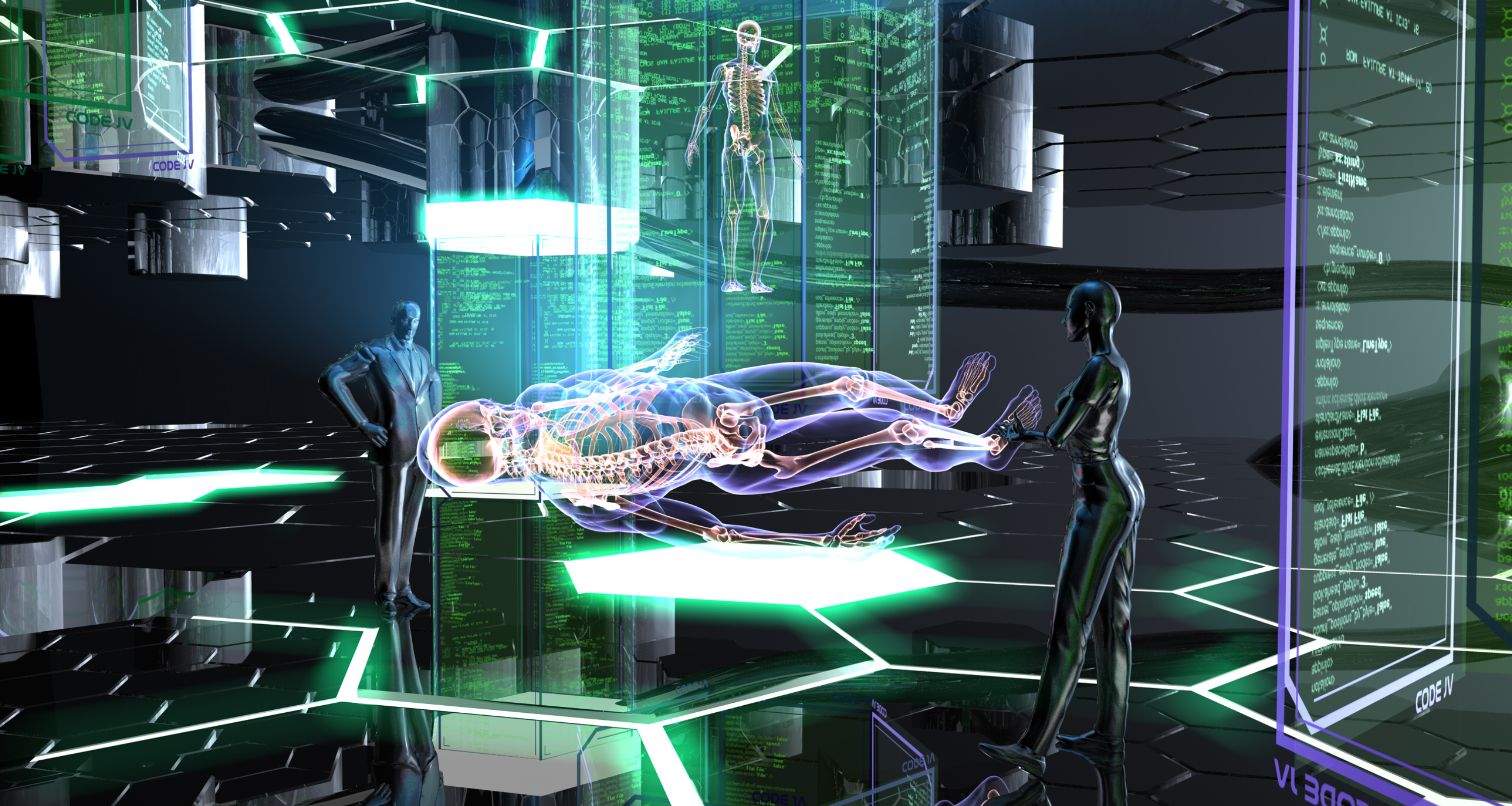
While AI is increasingly being tapped in healthcare to improve diagnostics and develop new pharmaceuticals, among other things, it is also being enlisted in efforts to keep people out of the healthcare system in the first place.
As a recent article at OHSOnline, a webzine focused on occupational health & safety issues, explains, predictive analytics and AI are also becoming the leading resource to help prevent injuries as workplace training programs incorporate personalized data “to recognize and provide recommendations about how a worker is behaving can help to train the worker in a more personalized fashion.”
According to the article, it’s long been recognized that “when it comes to workplace manual handling and training, one-size-fits-all doesn’t always match, and there are considerable evidence-based reviews supporting the idea that the effectiveness of classroom training is limited, and the principles are not applied in the working environment. Traditional training also fails to address the compounding factors of lifting technique, posture, task repetition and intensity, which are often the cause of lower back pain onset and musculoskeletal disorders—a singular instance of poor manual handling.”
As Anastasia Vasina, MD, a physiotherapist at Soter Analytics, an ergonomics engineering firm, explained, “Many health and safety organizations such as NIOSH (National Institute for Occupational Safety and Health) have established rules and guidelines specifying what 'typical' humans can withstand with relation to frequency and duration of labour-intensive activities. These standards, however, face criticism as they rely on statistical averages and anthropometric data which does not withstand the immense variety of population observed in today’s society. Having the added technical tools that enable objective data rather than solely observational techniques, provides an increased ability to help workers to stay safe.”
With machine learning algorithms, researchers can collect movement data from workers via personal sensor and use that data to calculate his or her ergonomic risk.
“This is game changing when it comes to musculoskeletal safety,” notes the article, “since no two bodies body are the same or have the same strength, fatigue levels, emotions, injuries or any of the factors that influence movement behavior.”
Fatigue management and tailoring jobs for specific body types are just two of the elements that can be added to worker safety training programs as a result of new, more precise data and subsequent calculations.
While there were initially concerns about worker buy-in, the article says, “there is now evidence that majority of employees do not have aversions to data collection, so long as the use and who will see the data has been communicated in the right manner.”


